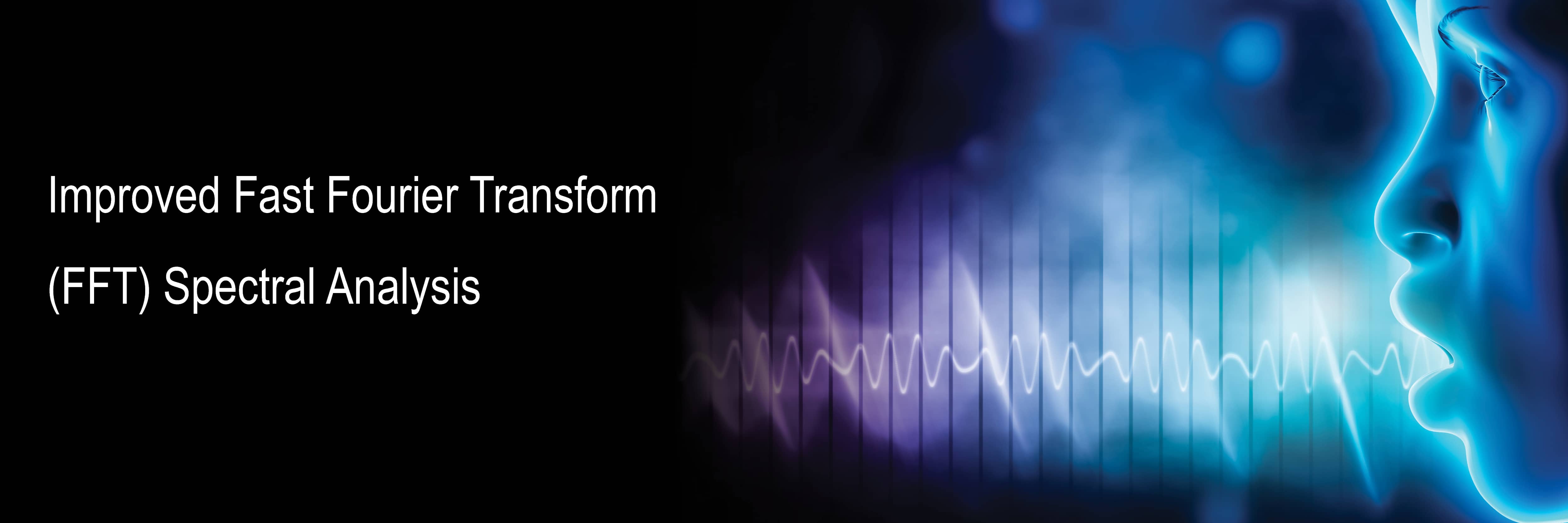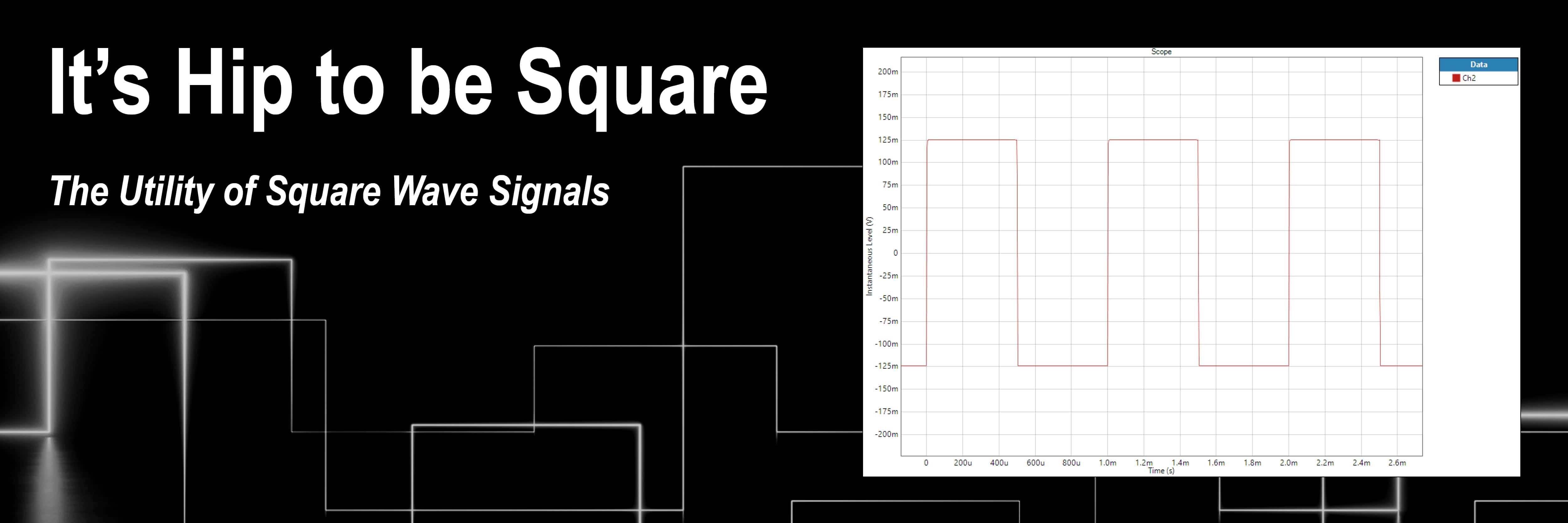Improved FFT Spectral Analysis Using APx500 V7.0
Spectral analysis using Fourier transforms is one of the most utilized diagnostic tools in audio measurement. With the release of APx500 software version 7.0 , Audio Precision has significantly improved the usability of both the Bench Mode FFT Analyzer and the Sequence Mode Signal Analyzer. The new features include windowless FFT (Fast Fourier Transform) analysis of non-synchronous signals, arbitrary selection of the length (in samples) of the FFT transform buffers, and the ability to trigger the acquisition based on a level threshold. The benefits of these new features include easier analysis of signals such as .wav files containing music or speech, and streamlined analysis of externally generated signals.

Selecting "None - Move to Bin Center"
Windowless analysis of non-synchronous signals is improved for some types of signals by a new selection in the FFT Window dropdown, (see Figure 1). This new capability is engaged by selecting the “None – move to bin center” windowing choice. When selected, the dominant tone in the acquired signal is determined and the acquisition is resampled so that signal is in the center of the nearest FFT frequency bin.
As demonstrated in Figure 2, Windowless analysis of signals that are not perfectly synchronous with the selected sample rate and FFT Transform length normally result in broad smearing of the signal, as the green trace demonstrates. A typical FFT window applies a function to the acquired signal that guarantees that the signal is attenuated to 0 at the beginning and end of the acquisition buffer. However, these functions still result in some signal leakage into adjacent frequency bins, as demonstrated by the blue trace. The purple trace demonstrates the value of windowless analysis: There is no leakage of energy into adjacent frequency bins making it possible to identify artifacts even if they are directly adjacent to the fundamental signal.

Spectral Plot Showing Results of Three Windowing Settings
In addition, with APx version 7.0 the length in samples of the FFT acquisition buffer can be set to any length up to the maximum value of 2.5 million samples. This is useful when analyzing signals such as speech or music where the length of the signal does not correspond to a convenient power of 2 FFT. Previously the solution was to pad the signal with silence; now it is possible to set the analysis acquisition buffer to the same length.

Trigger Settings
A sorely missed feature in the APx500 sequence mode Signal Analyzer and Bench Mode FFT is a simple level trigger. This has been added in APx500 version 7.0 and can set the start of the acquisition on an absolute level threshold (Figure 3). This is most useful when analyzing signals that are not being generated by the APx analyzer itself (open-loop measurements ).
With APx500 version 7.0, the flexibility and utility of FFT analysis has been significantly improved, making it possible to analyze audio signals more accurately. Improved windowless FFT analysis using “None – move to bin center, providing the ability to set an arbitrary acquisition length, and the new level trigger are available in both the Signal Analyzer and FFT Analyzer. Additionally, the arbitrary acquisition length and level trigger options are available in Sequence Mode Signal Analyzer, Bench Mode FFT Analyzer, and Bench and Sequence Mode Transfer Function. Click here to read more about other features introduced in the latest version 7.0 software release.




